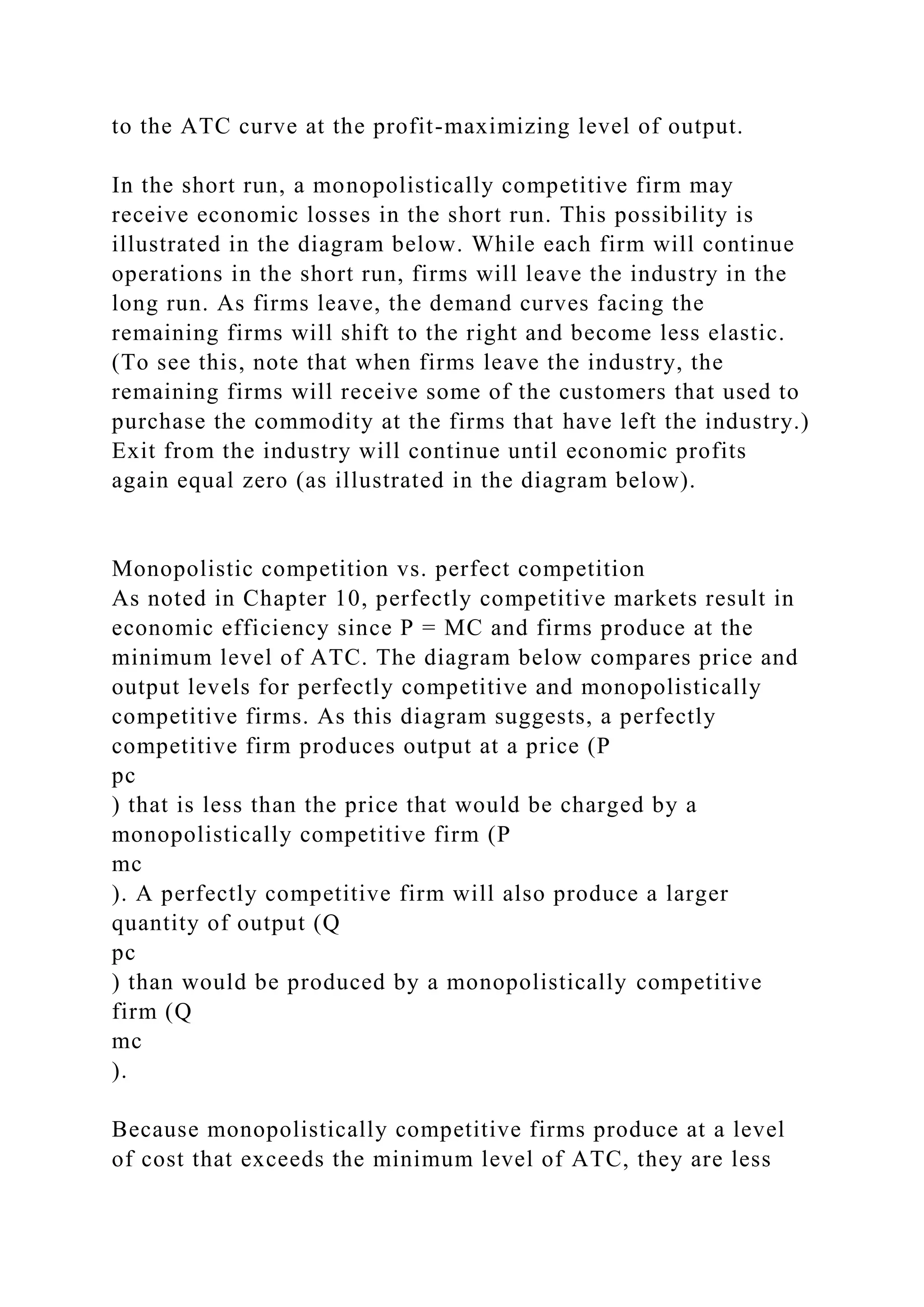A Competitive Industry Is Characterized By

The global smartphone market, a battleground for technological supremacy and consumer loyalty, exemplifies the relentless dynamics of a competitive industry. This sector, characterized by rapid innovation, intense rivalry, and ever-evolving consumer preferences, offers a microcosm of the forces shaping modern markets.
Understanding the hallmarks of such competitive landscapes is crucial for businesses striving to thrive, policymakers aiming to foster innovation, and consumers seeking the best value. Let's delve into the anatomy of a competitive industry, examining the key features that define it.
Defining Characteristics
A competitive industry is not simply one with many players; it's defined by a constellation of factors influencing the intensity of rivalry. The Harvard Business Review defines competitive advantage as the ability of a company to outperform its rivals.
Here are some core characteristics:
Numerous Competitors
The presence of many companies vying for market share is a primary indicator of a competitive industry. This abundance of choice empowers consumers and compels businesses to constantly improve their offerings.
Think of the airline industry, where numerous carriers compete for passengers on popular routes, leading to price wars and service enhancements.
Low Barriers to Entry and Exit
Relatively easy market entry and exit significantly heighten competition. When new players can readily enter the market, existing companies are forced to defend their positions. Michael Porter's Five Forces highlights the threat of new entrants as a key competitive force.
Conversely, if companies can easily exit a market when conditions become unfavorable, it prevents complacency and encourages constant adaptation.
Product or Service Differentiation
Companies in competitive industries often attempt to distinguish their offerings through product features, branding, or service quality. This differentiation aims to create a loyal customer base less susceptible to price-based competition.
The beverage industry showcases this well; brands like Coca-Cola and Pepsi have cultivated strong brand identities, enabling them to command premium prices despite the availability of cheaper alternatives.
Price Sensitivity
Consumers in competitive industries are typically highly price-sensitive, meaning they are quick to switch to a cheaper alternative if the perceived value proposition isn't strong enough. This forces companies to carefully manage their pricing strategies.
The rise of discount retailers exemplifies this trend, as consumers increasingly prioritize value for money.
Rapid Innovation
Constant technological advancements and product innovation are hallmarks of competitive industries. Companies must continuously invest in research and development to stay ahead of the curve.
The smartphone industry is a prime example, with manufacturers racing to introduce new features and functionalities every year.
Intense Marketing and Advertising
In competitive industries, businesses invest heavily in marketing and advertising to build brand awareness and attract customers. This marketing often emphasizes the unique benefits and value propositions of their products or services.
The fast-food industry, with its ubiquitous advertising campaigns, illustrates the importance of marketing in a competitive market.
Impact and Implications
Competitive industries drive innovation, lower prices, and improve product quality, benefiting consumers immensely. They also foster economic growth by encouraging efficiency and productivity.
However, intense competition can also lead to negative consequences, such as aggressive pricing strategies that squeeze profit margins and potentially harm smaller businesses.
Antitrust laws play a crucial role in preventing monopolies and ensuring fair competition in these industries.
A Human-Interest Angle: The Small Business Struggle
While competition benefits consumers, it can be particularly challenging for small businesses. These businesses often lack the resources and economies of scale to compete effectively with larger corporations.
Consider the local bookstore struggling to survive in the face of online retail giants like Amazon. Their ability to offer personalized service and curated selections is key to remaining competitive.
"We have to offer something unique that the big corporations can't replicate," says Sarah Miller, owner of a small independent bookstore. "That's the only way we can survive."
Conclusion
Competitive industries are dynamic and ever-changing landscapes that shape the modern economy. By understanding the key characteristics of these industries, businesses can develop effective strategies to thrive.
Policymakers can create environments that foster innovation and fair competition. Consumers can make informed choices, driving continuous improvement and value.


















